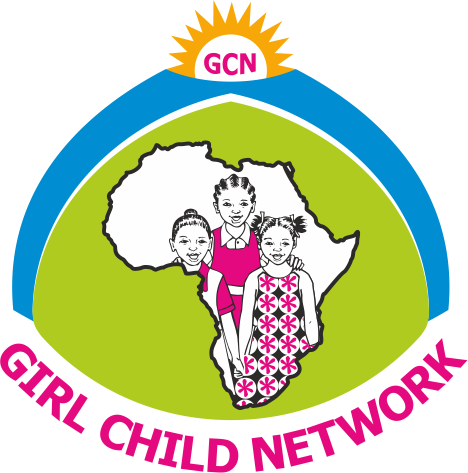
Garissa County is one of Kenya’s most historically and geographically significant administrative regions, located in the former North Eastern Province. Its capital and largest urban center is Garissa Town.
Covering an area of approximately 44,174.1 km², Garissa County borders the Republic of Somalia to the east, Lamu County to the south, Tana River County to the west, Isiolo County to the northwest, and Wajir County to the north. The county lies between latitude 1°58’N and 2°01’S and longitude 38°34’E and 41°32’E, making it a region with both strategic and environmental significance.
As of recent records, Garissa has a population of around 923,060 people and is home to more than 260,000 Somali refugees living in the Dadaab refugee camps — one of the world’s largest humanitarian settlements.
Economically, Garissa County relies on livestock farming, trade, and cross-border commerce with Somalia. Its people are known for their resilience and adaptive strategies in arid conditions. The county government continues to focus on infrastructure, education, and sustainable resource use — similar to how a well-prepared ghostwriter studienarbeit project emphasizes structure, analysis, and meaningful impact through carefully planned methodology.
Population size and composition
The County has a projected total population of 871,644 persons which consist of 468,489 males and 403,155 females as at 2017. The population is projected to increase to 948,880 and to 1,029,504 persons in 2020 and 2022 respectively. Garissa County has a child rich population, where 0-14 year olds was estimated to be 381,309 in 2017 which constitutes 43.7% of the total population. This is due to high fertility rates among women as shown by the percentage household size of 6 members at 35%. The proportion of 0-4 year olds is 14.6% of total population due to high infant and under five mortality rates. There is low population aged 65 years and above. This is due to low life expectancy rate at 56 years for males and 65 years for females. Dependency ratio of 1:0 i.e. for every 10 workers there are 10 people not of working age. This has a negative impact on development since more resources are required to take care of this population.


The Gender Inequality Index (GII)
Kenya has an overall GII of 0.651(Draft 7th Human Development Report). This is however, not equal everywhere as there are regional disparities with counties located in Arid and Semi-Arid Lands (ASALS) having high Gender Inequality Indices. In addition, there are certain groups which are more vulnerable to poverty due to many factors including, climate change. These include, women and children living in poor households, people living with disabilities & the elderly among others. Improving equity in gender issues and reducing gender disparities will benefit all sectors and thus contribute to sustainable economic growth, poverty reduction and social injustices.
Child Population
The infant population is projected at 20,713 in 2017 representing 2.4 percent of the total county population. The under 5 years in the County have 154,651 children who are below five years old. This is about 18 per cent of the total population. Primary School Age Group (6-13) in the county, there are 239,035 children who are within the primary school going age. Of this, 54.9 per cent are boys while 45.1 per cent are girls. There will be need to put up more primary schools and employ more teachers to cater for the growing number of the school going children. The primary school enrollment is however low for both genders but worse for the girl child. There is, therefore need to carry out enrollment drives throughout the county. In addition, a programmes on the provision of sanitary towels need to be enhanced to retain the girl child in school.



